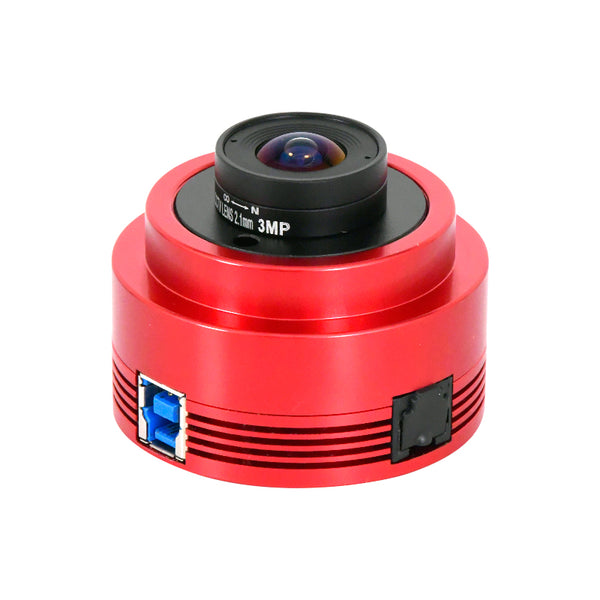
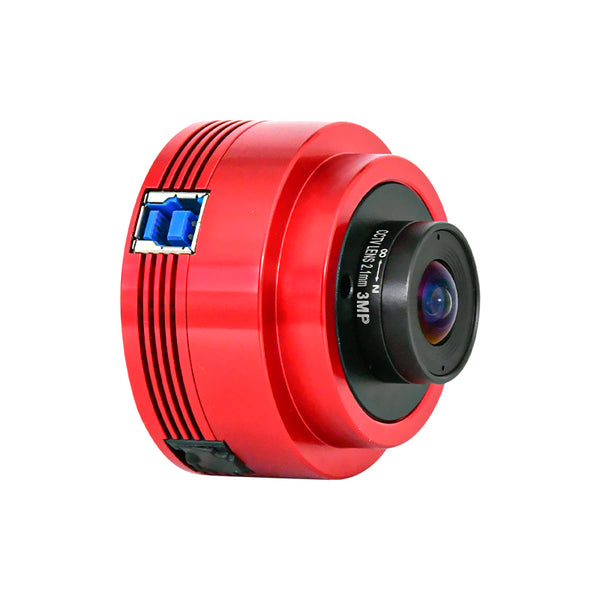

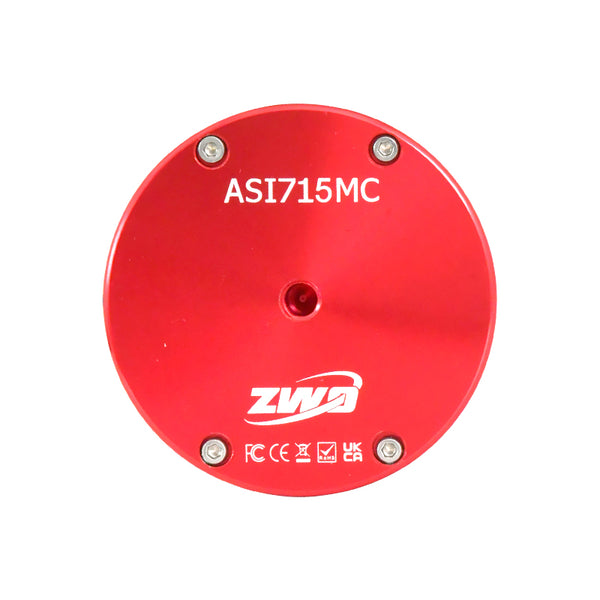
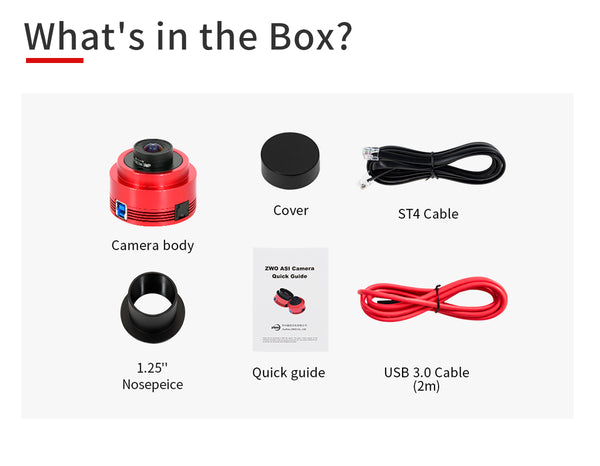
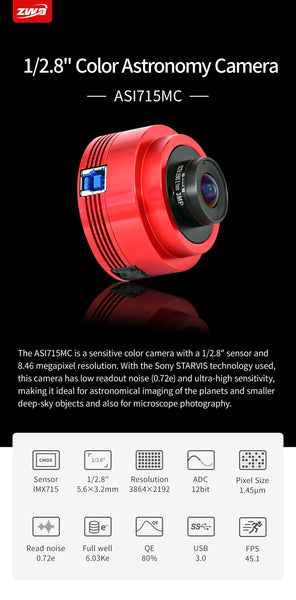
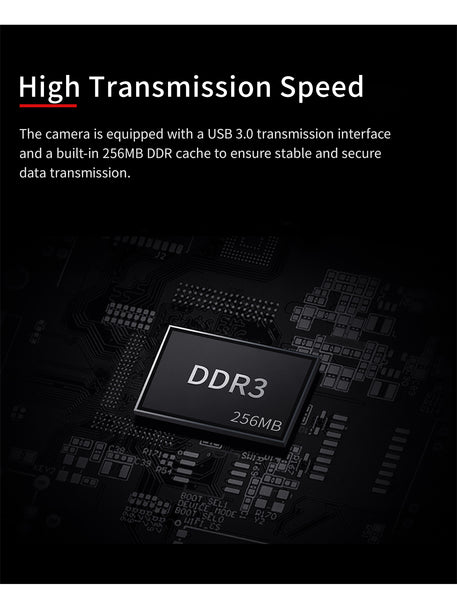
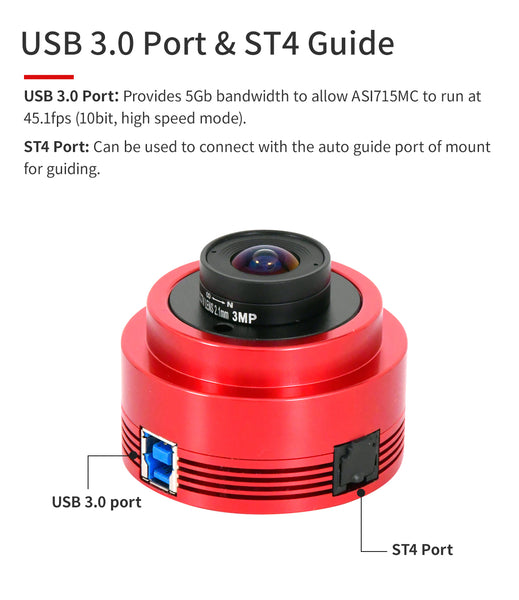
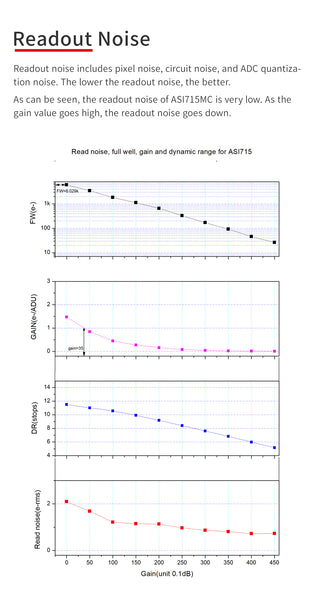
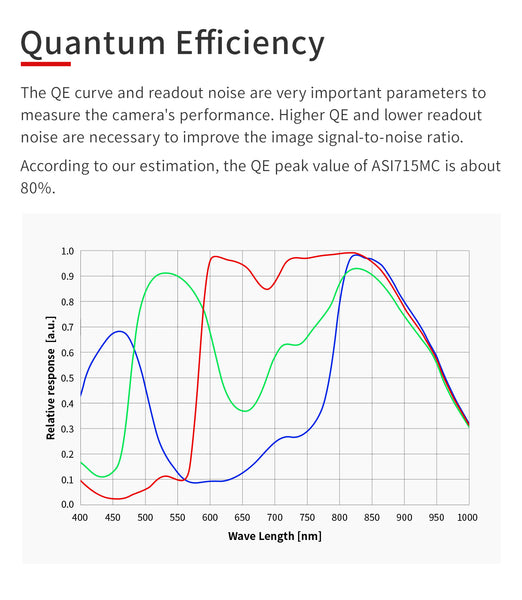
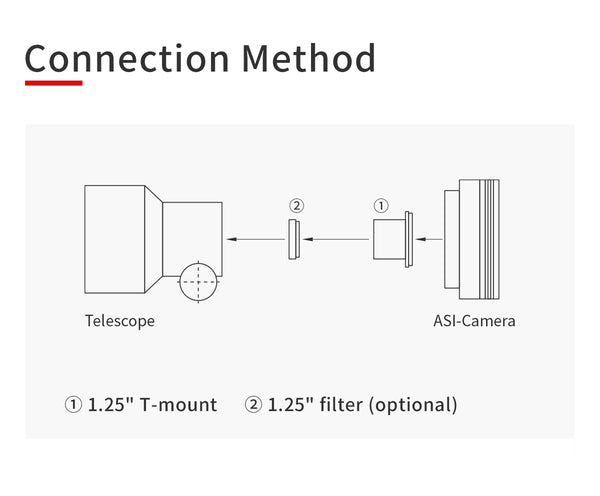
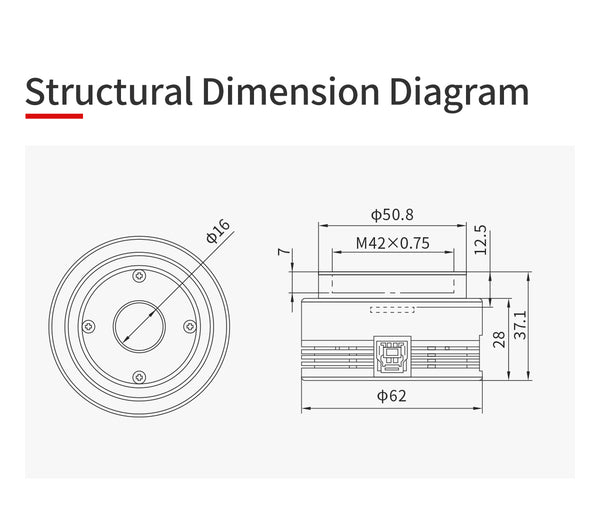
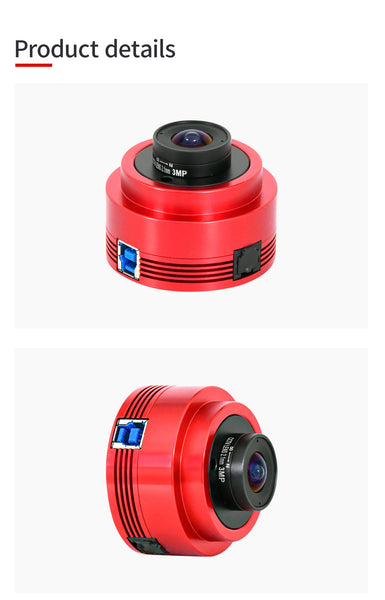
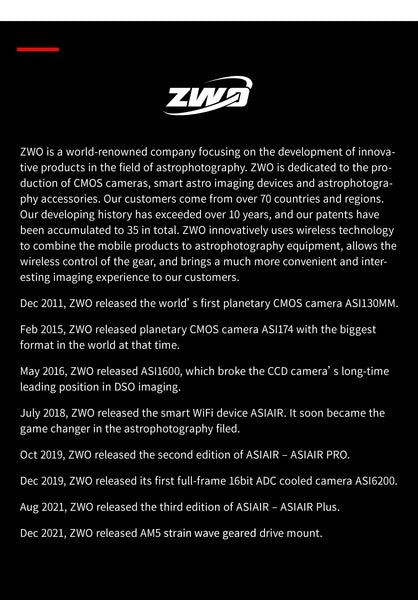














Why Purchase from All-Star Telescope?
Free Expert Support
Whether you are a first timer needing help with setting up or an enthusiast that can't quite make that one thing work, our expert staff are ready to support your needs. With decades of knowledge and first hand experience we've been there and we can help you through it!
Stress Free, Secure Transactions
You can trust purchasing and delivery with All-Star Telescope. All of our transactions are 100% secure and Level 1 PCI DSS compliant thanks to Shopify's ShopPay platform. For additional protection, we insure 100% of the value of every shipment we make. If it get's lost during shipment, we replace it. If it gets damaged during shipment, we replace it. We make sure your product arrives exactly as you would expect it to; we promise.
We also ensure privacy protection. We never keep any of your credit card information on file and any of your personal data is stored according to our policies.
30 Day Return Policy
Buy with confidence knowing that we accept returns up to 30 days after purchase. We want you to have something you will actually use and we are confident that we keep good quality products in our store with No Junk.
Price Match Promise
Shipping around for the best price is tough, we make it easier by offering the best pricing in the market. But if you find a better price on an in-store item somewhere else we will match it!
Product Description







The ASI715MC is a sensitive color camera with a 1/2.8" sensor and 8.46 megapixel resolution. With the Sony STARVIS technology used, this camera has low readout noise (0.72e) and ultra-high sensitivity, making it ideal for astronomical imaging of the planets and smaller deep-sky objects and also for microscope photography.
High Transmission Speed
The camera is equipped with a USB 3.0 transmission interface and a built-in 256MB DDR cache to ensure stable and secure data transmission.
USB 3.0 Port & ST4 Guide
USB 3.0 Port: Provides 5Gb bandwidth to allow ASI715MC to run at 45.1fps (10bit, high speed mode).
ST4 Port: Can be used to connect with the auto guide port of mount
for guiding.
Readout Noise
Readout noise includes pixel noise, circuit noise, and ADC quantiza-tion noise. The lower the readout noise, the better.
As can be seen, the readout noise of ASI 715MC is very low. As the gain value goes high, the readout noise goes down.
Quantum Efficiency
The QE curve and readout noise are very important parameters to measure the camera's performance. Higher QE and lower readout noise are necessary to improve the image signal-to-noise ratio. According to our estimation, the QE peak value of ASI715MC is about 80%.
Compare to 662MC
| Model | ASI662MC | ASI715MC |
| Color or Mono | Color | Color |
| With or Without Glow | Without | |
| Format | 1/2.8" | 1/2.8" |
| Resolution | 1920*1080 | 3864x2192 |
| Pixel Size | 2.9μm | 1.45μm |
| Readout Noise | 0.8-6.9e (1.22e@19db gain) |
0.72e |
| QE Peak | 91% | 80% |
| Full Well | 38.2ke | 6.03Ke |
| ADC | 12bit | 12bit |
| Back Focus | 12.5mm | 12.5mm |
| MAX FPS | 102.6fps | 45.1 |
| Diagonal | 6.45mm | 6.46mm |
What's in the Box
Specifications
| Sensor | 1 / 2.8" CMOS Sony-IMX715 |
| Bayer Pattern | R Gr Gb B |
| QE peak | 80% |
| Back focus length | 12.5mm |
| Max fps | 45.1 |
| Full well | 6.03Ke |
| Shutter | Rolling shutter |
| Resolution | 3864x2192 |
| Pixel Size | 1.45um |
| Exposure Range | 32μs~2000s |
| Interface | USB 3.0 /USB 2.0 Type-B |
| Protect window | |
| ADC | 12bit |
| Dimension | 62mm diameter |
| Weight | |
| Working Temperature | -5°C~50°C |
| Storage Temperature | -10°C~60°C |
| Working Relative Humidity | 0-80% |
| Supported OS | WIN7/8/10 32&64, Linux, Mac |
Additional Articles, Videos, and Links
External Links
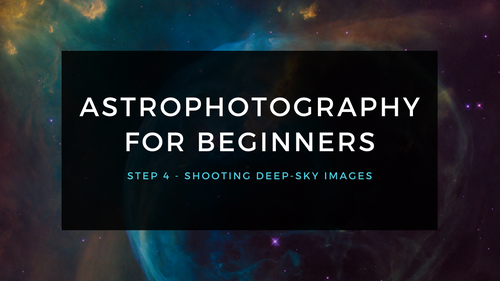
Astrophotography for Beginners Step 4: Shooting Deep-Sky Images
Taking deep sky pictures can be daunting, luckily there is an easy process to follow to allow you to get great shots! Here is the typical process for actually taking deep-sky images in the field.
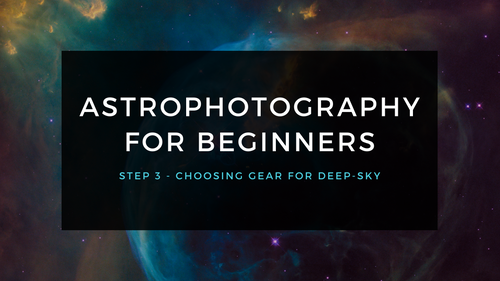
Astrophotography for Beginners Step 3: Choosing Gear for Deep-Sky Imaging
Using a star tracker gains you experience with the fundamentals of deep-sky imaging. Shooting the Moon gains you experience focusing and framing through your telescope. Through your sessions you’ll...
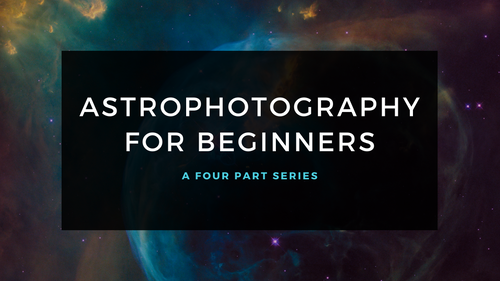
Astrophotography for Beginners - Start Here: Getting into Astrophotography Step by Step
Shooting the night sky has never been more popular, nor easier. The choice of equipment has also never been better, or more affordable. However, as per the advice given by Dickinson and Dyer in the...
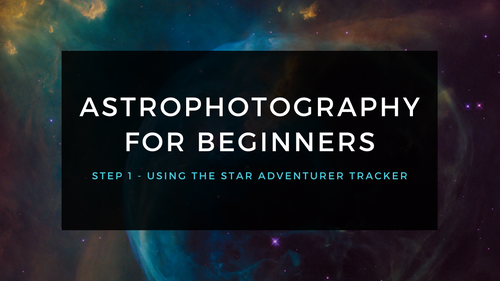
Astrophotography for Beginners Step 1: Using the Star Adventurer Tracker
By far the most economical and easiest way to capture beautiful images of the Milky Way and large deep-sky objects like the Andromeda Galaxy (shown here) is to use a star tracker. Here are steps an...
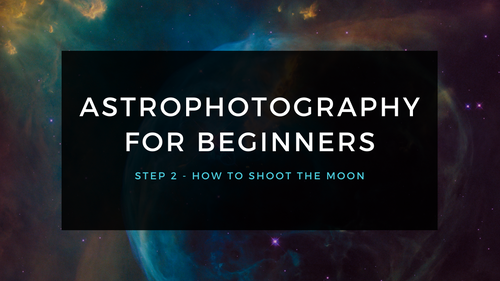
Astrophotography for Beginners Step 2: How to Shoot the Moon
Close-ups of the Moon are rewarding, and an easy way to learn to shoot through your telescope. While good results are possible with a phone camera clamped to an eyepiece (as shown below), this tuto...


